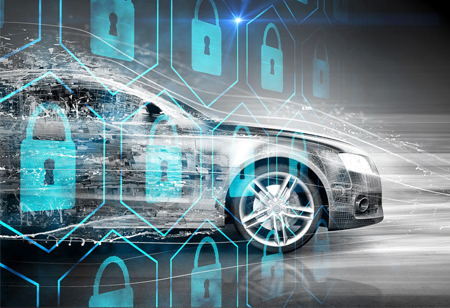The automotive industry is applying new innovative ideas to their connected vehicles to make it safer and highly enjoyable for the user.
FREMONT, CA: The most common example of the internet of things (IoT) technology is a connected vehicle because these vehicles can communicate with each other. The term Information Superhighway got a new definition in the age of IoT. With IoT applications, people, cars, and infrastructure can create an information ecosystem on modern highways. The highly advanced IoT applications are even transforming ordinary automobiles into intelligent, smart, connected transportation tools.
The IoT-based connected car use-cases differ more when the organizations get involved. The industry is continuously bringing life into new innovative ideas so that connected cars become safer and highly enjoyable for everyone. It also ensures an improved and connected driving experience for the users.
Here are some of the common IoT applications for car making automobiles which are safe and exciting.
Vehicle-to-Vehicle (V2V) Communications
The ultimate car safety value proposal that the IoT has offered is V2V communications. With this technology's help, the nearby connected cars can notify each other on speed, road conditions, direction, traffic, and pedestrian information. These IoT-based cars even have to ability to initiate preventive measures like accurate driver alerts or automated braking to avoid crashes otherwise, which was inevitable due to human limitations.
See Also: Top IoT Companies
Vehicle-to-Infrastructure (V2I) Communications
The vehicle infrastructure can connect cars with their physical surroundings so that it becomes easy to manage traffic by alerting the drivers about the road's condition. It helps to prevent accidents and identify the most appropriate route for the destination. To stay ahead of their time, the drivers can choose other options like car analyzing distance, speed, and stoppage time of the traffic signal.
Data Capture and Management
The connected vehicles operate as a source of IoT data, which generates massive information that will allow critical transportation, freight management, and logistics to make better decisions. Processing and analyzing the raw IoT data from the vehicles at a centralized and back-end IoT system will help derive actionable traffic management information. Such information helps to develop a safe, efficient, and greener transportation system. The connected vehicles can also adjust the routes based on changing weather in real-time with the help of GPS and environmental data to avoid inconvenience.

 Copyright © 2025 AutoTech Outlook. All Rights Reserved | Privacy Policy | Subscribe | Sitemap | About us | Feedback Policy | Editorial Policy
Copyright © 2025 AutoTech Outlook. All Rights Reserved | Privacy Policy | Subscribe | Sitemap | About us | Feedback Policy | Editorial Policy